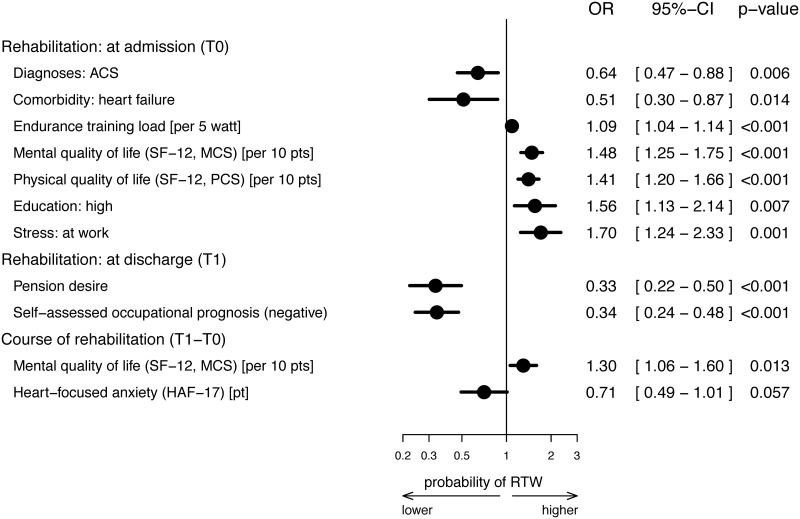Fig 2. Predictors of returning to work after cardiac rehabilitation, imputed model.
The forest plot shows the final model after backward selection. The following variables were taken into account in the starting model (see S3 Fig): at admission to rehabilitation: sex, smoking, lifestyle change motivation, pension desire, self-assessed occupational prognosis, self-assessed health prognosis, living situation, educational level, rehabilitation referral for chronic disorder, comorbidities (diabetes mellitus, depression, peripheral artery disease, heart failure, diseases of the back and spine, stress at work, stress from major life events, age, systolic/diastolic blood pressure, body mass index, endurance training load, depression (PHQ-9), heart-focussed anxiety (HAF-17), well-being (WHO-5), physical/mental component summary on the SF-12, physical/mental health and pain in the IRES-24, self-efficacy (ASKU); at discharge from rehabilitation: smoking, lifestyle change motivation, pension desire, self-assessed occupational prognosis, self-assessed health prognosis; changes during rehabilitation: systolic/diastolic blood pressure, body mass index, endurance training load, depression (PHQ-9), heart-focussed anxiety (HAF-17), well-being (WHO-5), physical/mental component summary on the SF-12, physical/mental health and pain on the IRES-24, self-efficacy (ASKU). T0 –baseline measurement at CR admission, T1 –CR discharge, T2 –follow-up six months after CR discharge. CI, confidence interval; HAF-17, Herzangstfragebogen (German version of the Cardiac Anxiety Questionnaire); OR, odds ratio; pt(s), point(s); RTW, return to work; SF-12, Short-Form health survey with PCS, physical component summary and MCS, mental component summary.

